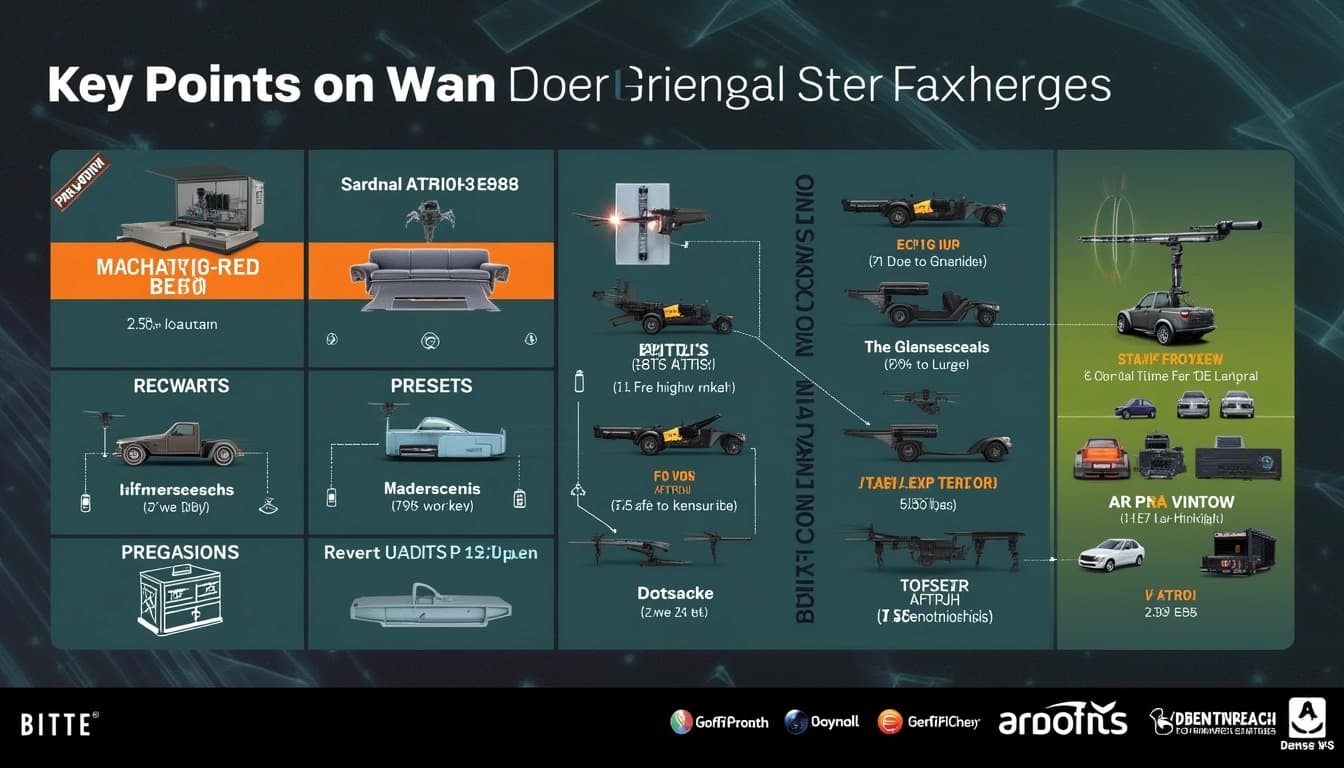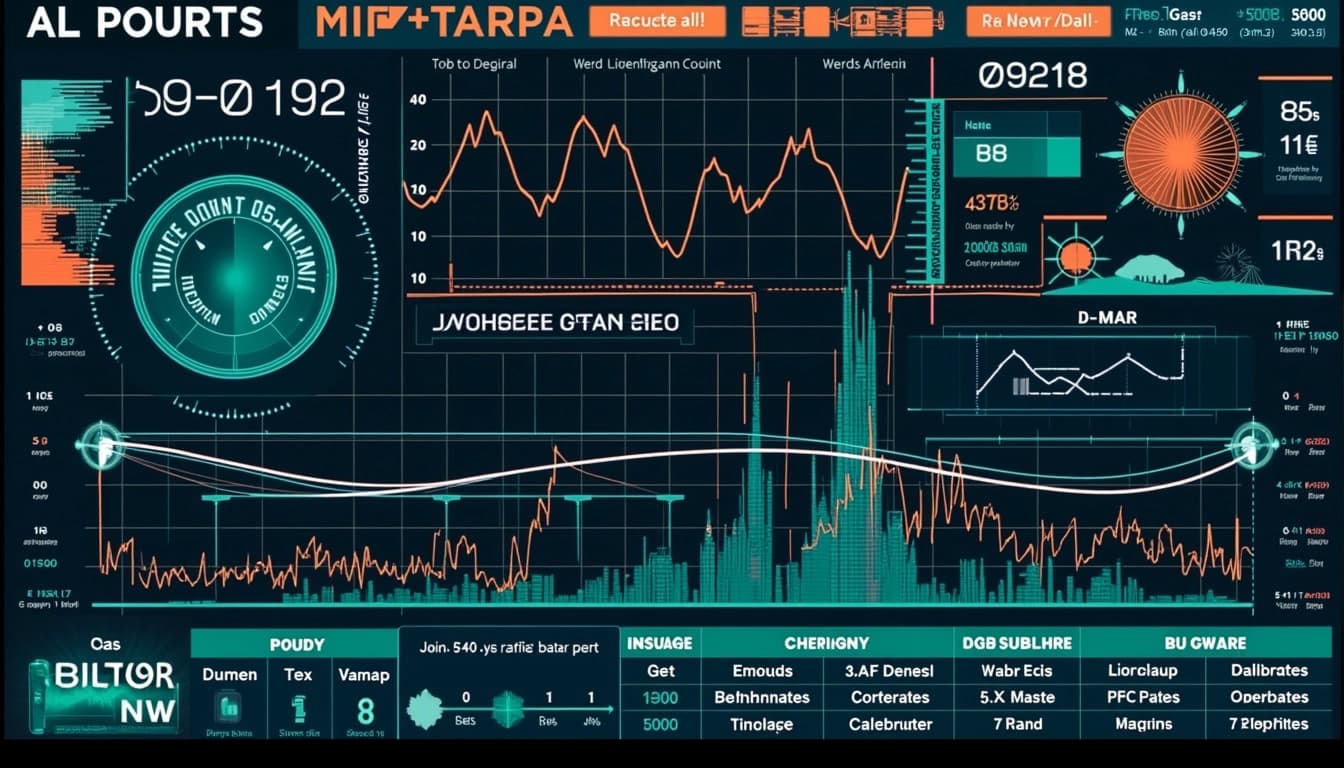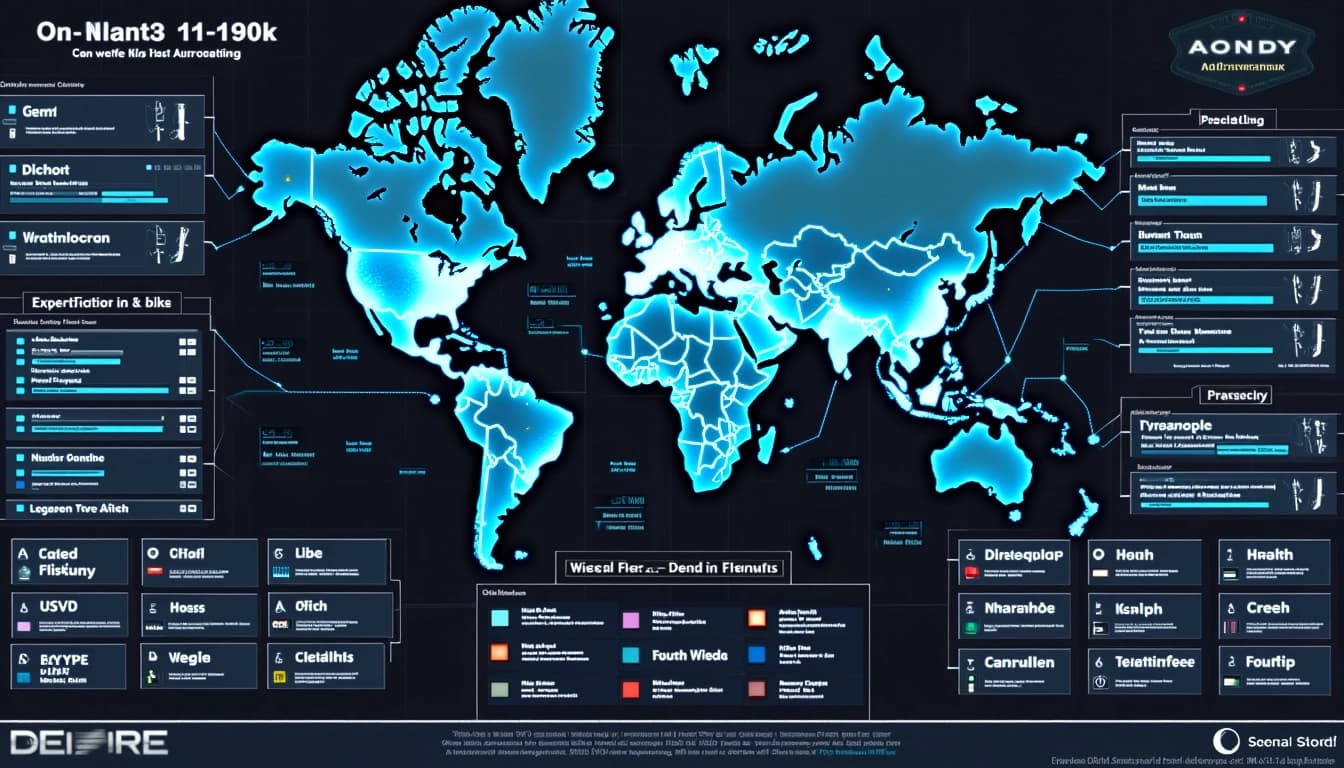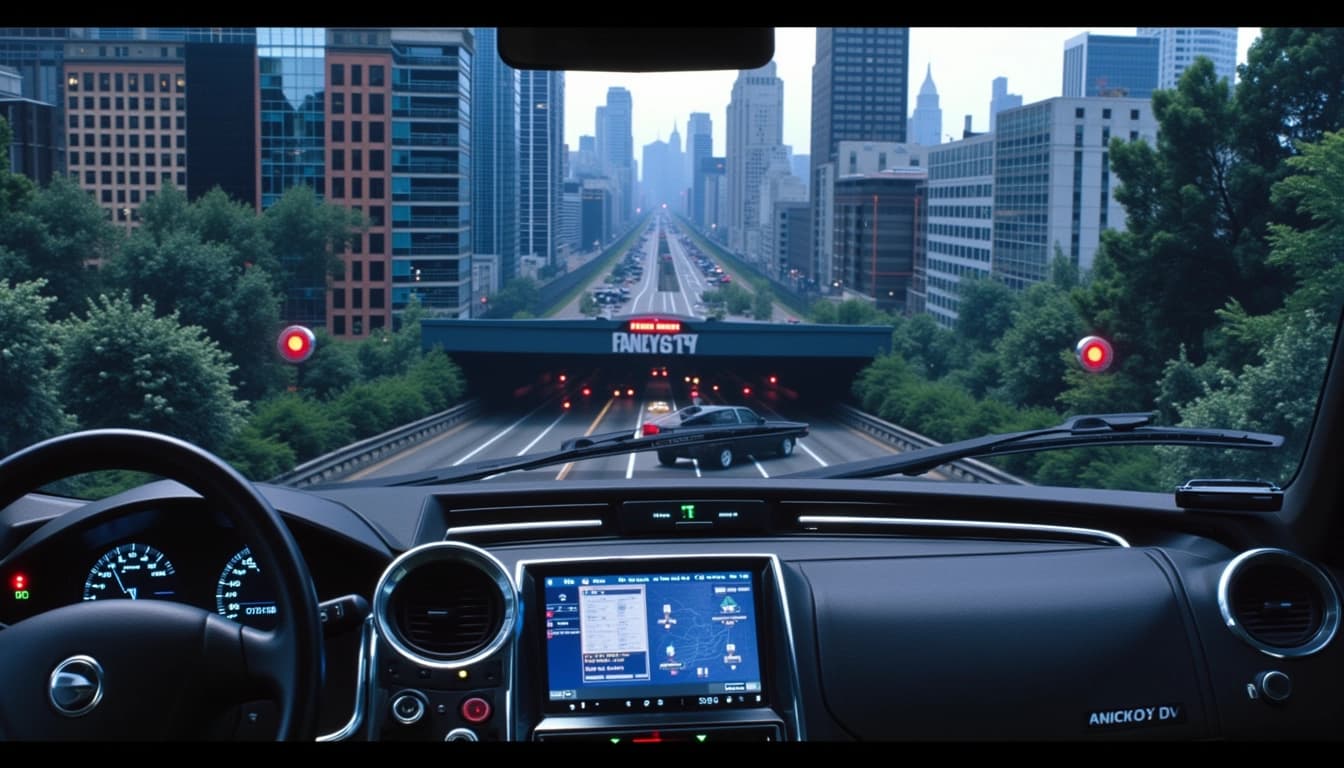
Key Points on Wan-2.1-t2v-480p
By John Doe 5 min
Key Points
- Research suggests Wan-2.1-t2v-480p produces high-quality 480p AI videos, suitable for many 2025 applications.
- It seems likely that the model excels in visual fidelity and motion smoothness, though 480p may show some detail loss.
- The evidence leans toward it being efficient, running on consumer-grade GPUs with fast generation times.
- An unexpected detail is its open-source nature, making it accessible for customization and community enhancement.
Introduction to Wan-2.1-t2v-480p
Wan-2.1-t2v-480p is an open-source text-to-video AI model developed by Wavespeedai, part of the Wan 2.1 suite, released in early 2025. It generates videos at 480p resolution from text prompts, aiming to balance quality and efficiency. Given that 2025 sees high standards for video resolution, typically at 1080p or higher, evaluating 480p AI video quality is crucial for understanding its practical utility.
Performance and Efficiency
The model is designed for accessibility, requiring only 8.19 GB VRAM, making it compatible with most consumer-grade GPUs. For example, it can generate a 5-second 480p video on an RTX 4090 in about 4 minutes without optimization, and on Replicate's cloud platform, a 5-second video takes just 39 seconds ([Replicate blog](https://replicate.com/blog/wan-21-generate-videos-with-an-api)). This efficiency is a significant advantage for users with limited computational resources.
Quality Assessment
Research suggests the model's 480p output offers high visual fidelity, with realistic colors and decent texture detail for its resolution. Motion smoothness is likely strong, given its advanced diffusion transformer architecture with spatiotemporal variational autoencoders, ensuring fluid movement. However, at 480p, some loss of detail is expected compared to higher resolutions, though it remains suitable for applications like social media or low-bandwidth scenarios. Community feedback highlights its ability to accurately ref
Wan-2.1-t2v-480p is a cutting-edge AI model designed for text-to-video generation, producing high-quality 480p videos. It leverages advanced diffusion models and variational autoencoders to ensure smooth and consistent motion across frames, which is crucial for video quality. The model supports various inputs, including text prompts, aspect ratios, frame counts, and FPS settings, making it versatile for different platforms and use cases.
Key Features and Inputs
The model accepts a wide range of inputs to customize the video generation process. Users can specify text prompts to describe the desired content, choose aspect ratios like 16:9 or 9:16 for different platforms, and adjust the number of frames and FPS to suit their needs. Additionally, sampling parameters such as sample steps, guide scale, and sample shift provide extensive control over the generation process, ensuring the output meets specific requirements.
Aspect Ratios and Platforms
The model supports popular aspect ratios like 16:9 (832x480px) for platforms like YouTube and 9:16 (480x832px) for Instagram. This flexibility allows users to create videos tailored to different social media platforms, ensuring optimal viewing experiences for their audiences. The ability to adjust these settings makes the model highly adaptable to various content creation needs.
Performance and Efficiency
Wan-2.1-t2v-480p is designed for computational efficiency, making it accessible to users with limited hardware. The T2V-1.3B model requires only 8.19 GB VRAM, compatible with most consumer-grade GPUs. For example, on an NVIDIA RTX 4090, it can generate a 5-second 480p video in about 4 minutes without optimization techniques. On Replicate's cloud platform, generation is even faster, with a 5-second video at 480p taking just 39 seconds.

Conclusion & Next Steps
Wan-2.1-t2v-480p is a powerful tool for AI-driven video generation, offering high-quality outputs with efficient performance. Its versatility in handling various inputs and its compatibility with consumer-grade hardware make it an excellent choice for content creators. Future enhancements could include support for higher resolutions and more advanced optimization techniques to further improve generation times and quality.

- Supports text prompts and customizable aspect ratios
- Efficient performance with 8.19 GB VRAM requirement
- Fast generation times on cloud platforms like Replicate
The Wan-2.1-t2v-480p model is a significant advancement in open-source AI video generation, offering high-quality 480p text-to-video outputs. It leverages a 14B parameter architecture, making it one of the most capable models in its class. The model is particularly noted for its stability and efficiency at lower resolutions, which is ideal for specific use cases like mobile applications and low-bandwidth environments.
Technical Specifications and Performance
The Wan-2.1-t2v-480p model is built on a 14B parameter architecture, which allows it to generate high-quality video sequences from textual prompts. Unlike its smaller counterparts, such as the 1.3B model, the 14B version excels in producing more detailed and coherent videos. The model is optimized for 480p resolution, ensuring stable performance even on less powerful hardware. This makes it a versatile tool for developers and content creators who need efficient video generation without compromising too much on quality.
Resolution-Specific Optimizations
At 480p, the model demonstrates remarkable stability, avoiding common issues like pixelation and artifacts that plague lower-resolution outputs. The GitHub repository for Wan2.1 highlights that the 14B model's 480p performance is more reliable than its 720p counterpart, suggesting that the developers have fine-tuned it specifically for this resolution. This optimization is particularly beneficial for applications where bandwidth or storage constraints make higher resolutions impractical.
Comparisons to Other Models
Wan-2.1-t2v-480p is often compared to closed-source models like OpenAI's Sora and Google's Veo2. Community benchmarks and reviews suggest that it outperforms these models in several key areas, including coherence and detail retention. The open-source nature of Wan2.1 allows for continuous improvements and customizations, such as the integration of DiffSynth-Studio for video-to-video transformations and LoRA training. This flexibility gives it a distinct advantage over proprietary alternatives.
Practical Applications and Use Cases
Despite its 480p resolution, the Wan-2.1-t2v-480p model is highly relevant for a variety of applications. It is particularly well-suited for social media platforms like Instagram, where lower resolutions are often sufficient. Additionally, its efficiency makes it ideal for prototyping and quick iterations, allowing developers to test ideas without the computational overhead of higher-resolution models. The model's open-source license also encourages community-driven enhancements, further expanding its utility.
Conclusion and Future Directions
The Wan-2.1-t2v-480p model represents a major step forward in open-source AI video generation. Its combination of high-quality outputs, efficiency, and flexibility makes it a compelling choice for developers and content creators. As the community continues to build upon its foundation, we can expect even more advanced features and optimizations. For now, it stands as a testament to the potential of open-source AI in democratizing video generation technology.

- 14B parameter architecture for high-quality outputs
- Optimized for 480p resolution with stable performance
- Outperforms closed-source models like Sora and Veo2 in benchmarks
- Ideal for mobile and low-bandwidth applications
- Open-source under Apache License 2.0 for community enhancements
The Wan-2.1-t2v-480p model is a significant advancement in AI-generated video technology, offering high-quality 480p output with efficient performance. This model is particularly notable for its ability to generate smooth, coherent videos from text prompts, making it a valuable tool for creators and developers.
Key Features of Wan-2.1-t2v-480p
The Wan-2.1-t2v-480p model stands out due to its balance between quality and computational efficiency. It leverages a 14B parameter architecture to produce videos with smooth motion and detailed visuals, even at 480p resolution. The model is optimized for lower resolutions, ensuring stable performance without excessive hardware demands.
Visual Fidelity and Motion Smoothness
One of the model's strengths is its ability to maintain visual fidelity and motion smoothness. Users have reported impressive results, such as coherent animations and detailed textures, even in complex scenes. The model's output is particularly well-suited for applications where lower resolution is acceptable, such as social media or mobile platforms.
Community and Open-Source Support
The Wan-2.1-t2v-480p model benefits from strong community support and open-source availability. It has been integrated into platforms like Replicate and ComfyUI, making it accessible to a wide range of users. Community feedback and shared examples, such as those on X (formerly Twitter), highlight the model's practical applications and potential.

Limitations and Future Considerations
While the model excels in many areas, it does have limitations. The 480p resolution may not meet the needs of users requiring high-definition output. Additionally, the 14B model can be resource-intensive, potentially causing crashes on lower-end GPUs. Users are advised to switch to the 1.3B model for better stability in such cases.
Conclusion & Next Steps
The Wan-2.1-t2v-480p model represents a practical solution for AI-generated video at lower resolutions. Its combination of quality, efficiency, and community support makes it a compelling choice for many applications. Future developments may focus on improving stability and expanding resolution options to cater to a broader audience.

- High-quality 480p video output
- Smooth motion and detailed visuals
- Strong community and open-source support
- Optimized for lower resolutions
Wan2.1 is an advanced open-source AI video generation model that has gained significant attention for its ability to create high-quality videos from text prompts or images. It stands out as a powerful alternative to proprietary models like OpenAI's Sora, offering comparable performance while being freely accessible to the public. The model's versatility and ease of use make it a popular choice for developers, researchers, and content creators.
Key Features of Wan2.1
Wan2.1 boasts several impressive features that set it apart from other AI video generation tools. It supports both text-to-video and image-to-video generation, allowing users to create dynamic content from simple inputs. The model is designed to handle large-scale video generation, making it suitable for a wide range of applications, from entertainment to educational content. Additionally, Wan2.1 is optimized for performance, ensuring smooth and efficient video production.
Text-to-Video Capabilities
One of the most notable features of Wan2.1 is its ability to generate videos directly from text prompts. Users can input descriptive text, and the model will produce a video that matches the description. This functionality is particularly useful for storytelling, marketing, and other creative endeavors where visual content is needed quickly and efficiently.
Image-to-Video Transformation
In addition to text-to-video, Wan2.1 excels at transforming static images into dynamic videos. This feature is ideal for enhancing presentations, creating animations, or bringing still photos to life. The model's advanced algorithms ensure that the resulting videos are smooth and visually appealing, with minimal artifacts or distortions.
Applications of Wan2.1
Wan2.1's versatility makes it suitable for a wide range of applications. Content creators can use it to produce engaging videos for social media, while educators can leverage it to create interactive learning materials. Businesses can benefit from Wan2.1 by generating promotional videos or product demonstrations without the need for expensive production teams.

Getting Started with Wan2.1
Getting started with Wan2.1 is straightforward, thanks to its open-source nature and comprehensive documentation. Developers can access the model's code on GitHub and integrate it into their projects using APIs or local installations. There are also numerous tutorials and guides available to help users navigate the setup process and start generating videos quickly.
Conclusion & Next Steps
Wan2.1 represents a significant advancement in AI video generation, offering powerful features and open accessibility. Whether you're a developer, content creator, or business professional, Wan2.1 provides the tools you need to create high-quality videos with ease. As the model continues to evolve, we can expect even more innovative features and improvements in the future.
- Explore Wan2.1's GitHub repository for documentation and examples.
- Experiment with text-to-video and image-to-video generation.
- Join the community to share your creations and learn from others.